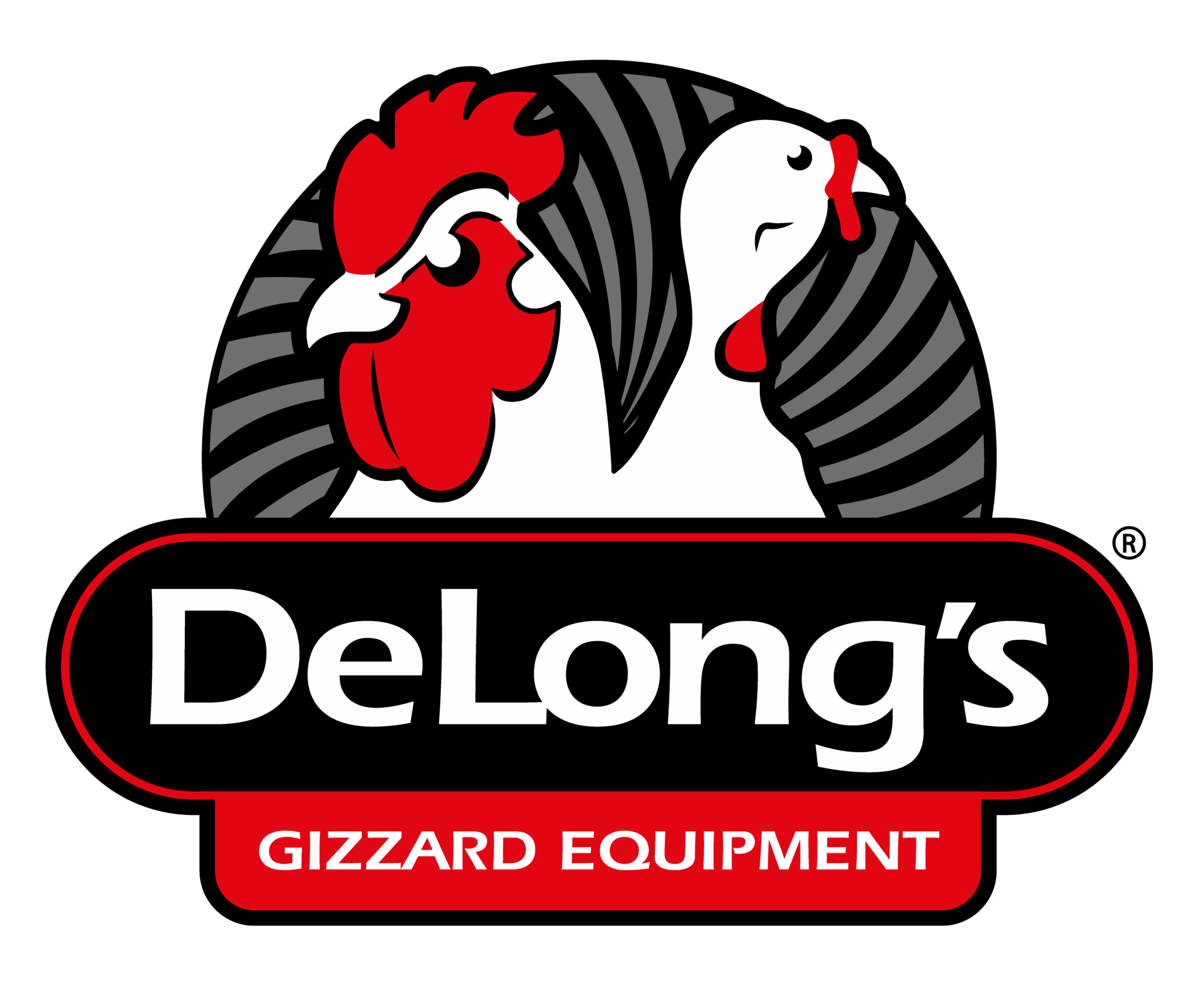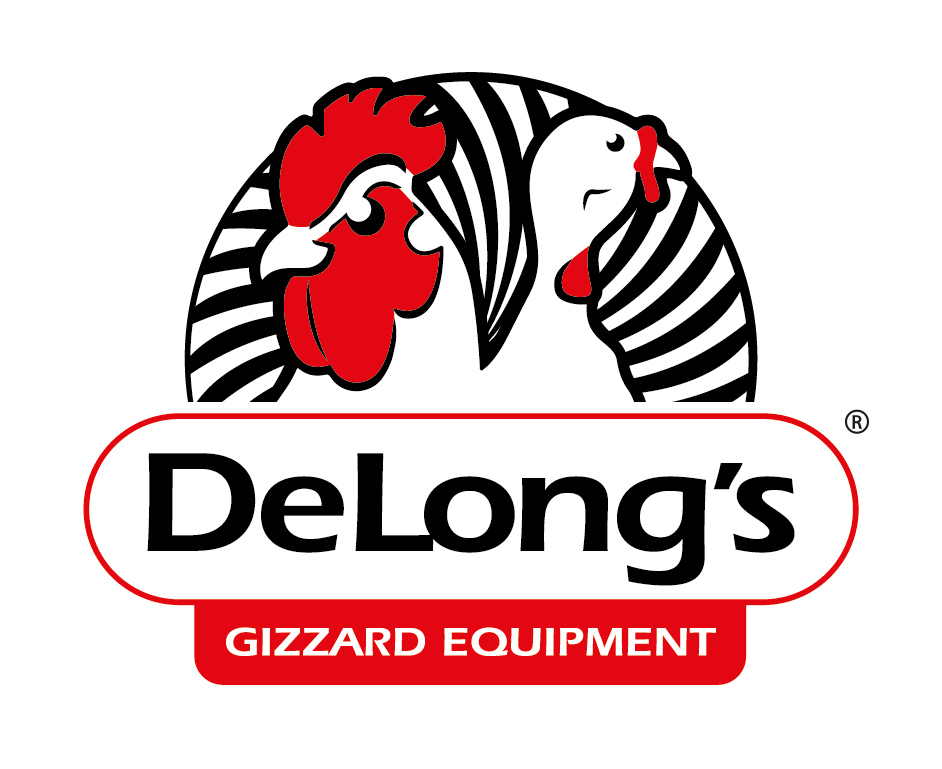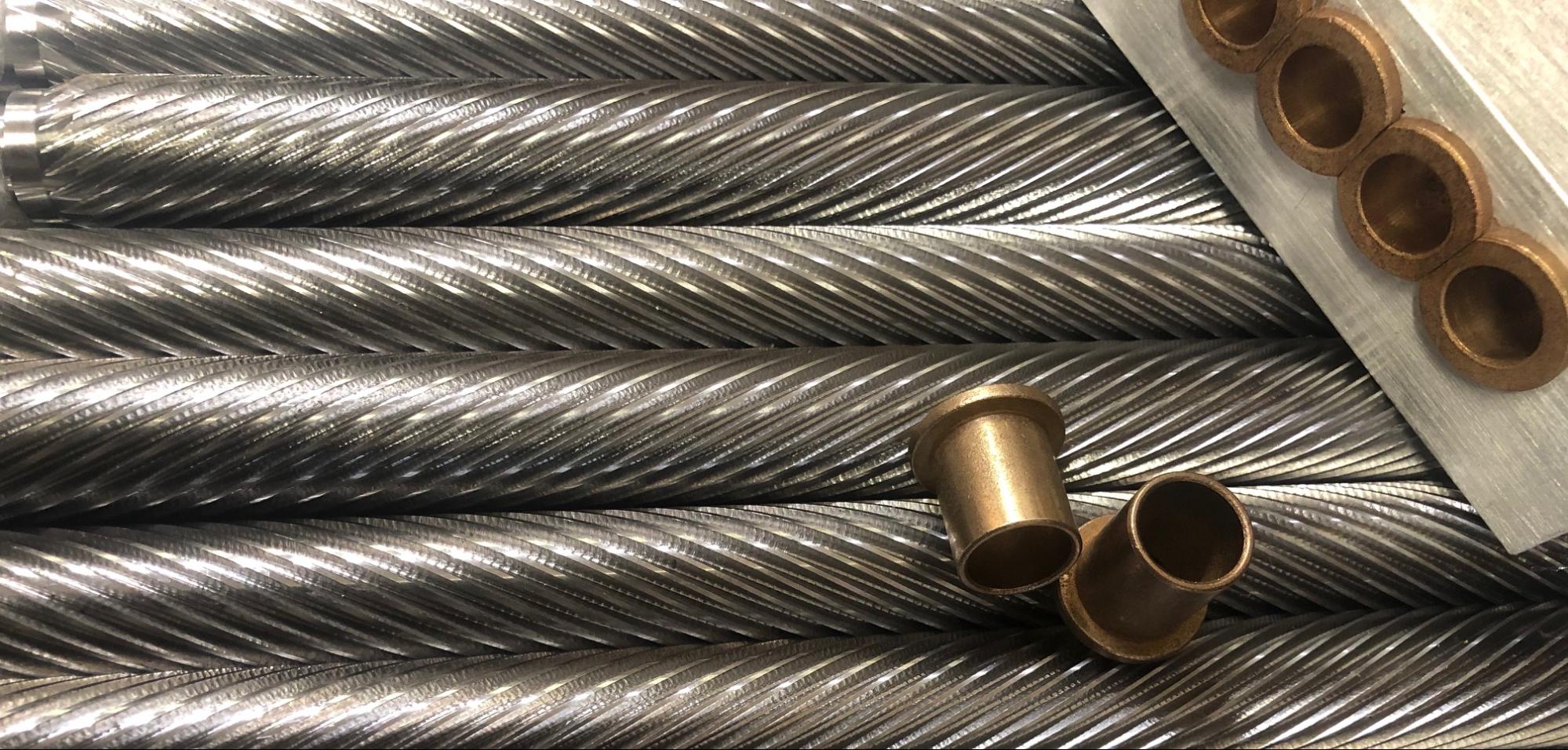
28 Feb 10 Steps to Optimizing Poultry Processing
Poultry processing refers to the conversion of live poultry into raw poultry products fit for human consumption. Sounds lovely, right? Well, when it comes to yield and profits, there is no room for a lack of care and interest in ensuring you get the best value for your investment in broiler processing.
For example, if the lighting or temperature in a house becomes too high, the birds may respond in a negative way, thus hurting your yield. It is important to take steps to ensure you are optimizing poultry processing, you can increase the workflow and results coming from processing plants. Let us help by offering you this ten-step checklist to optimize your productivity.
10 Steps to Optimizing Poultry Processing
1. Harvesting: Harvesting is one of the most important steps in poultry processing. Be sure cages are not damaged or too small before usage. Tip: It is better to use big cages while transporting chickens in order to be able to accommodate larger numbers.
2. Transportation: Another large component of the process, having viable transport facilities is a key to success. By ensuring proper access to transportation, routes, and trucks with proper temperature controls, you can further increase yield.
3. Hanging: Before the process of slaughtering begins, birds are hung upside down on a route leading to the stunner. Be sure that birds are suspended in a way that would keep them from damaging their wings. It is also imperative to ensure birds are not left hanging for an extended period of time before reaching the stunning site.
4. Maintain Stunning Area: The stunning site should be kept as dry as possible to ensure birds to not receive an electrical shock that could lead to further problems later in the process.
5. Scalding: Upon completion of stunning and washing, birds are moved to scalding which allows for the removal of weather and for the dilation of body parts. This allows for a smooth transition to the slaughtering process. It is important to make sure the animal’s movement is kept at a minimal during this process.
6. Ensure Proper Temperature for Plucking: If the bird’s body temperature falls too much before entering the plucking machine, this might hinder the process and actually lead to feces being found on the body. Always, always be sure the temperature is high enough to produce maximum results.
7. Chilling after Evisceration: In the evisceration phase, the organs and other body parts are separated based on their suitability for human consumption. Proper chilling should immediately follow to reduce the threat of bacteria growth.
8. Ensure Proper Chilling Temperatures: The water used for chilling should be kept at zero degrees celsius. This prevents improper preservation.
9. Packaging: Once all of these processes and steps have been completed, products are then chosen for specific types of bins. Each product should be processed and packed to reduce bottlenecks. Tip: extremely cold temperatures are not ideal, as they could darken the skin.
10. Keep the Coolers Cool: Make sure carcasses and giblets are stores in a cooler set at around 4 degrees celsius.
Having a plan in place is important- and we are happy to provide this one to you. If you work hard to follow these steps, it is our hope that you can optimize your poultry processing. By doing so, we hope to hear you have increased your yield and overall profit!


